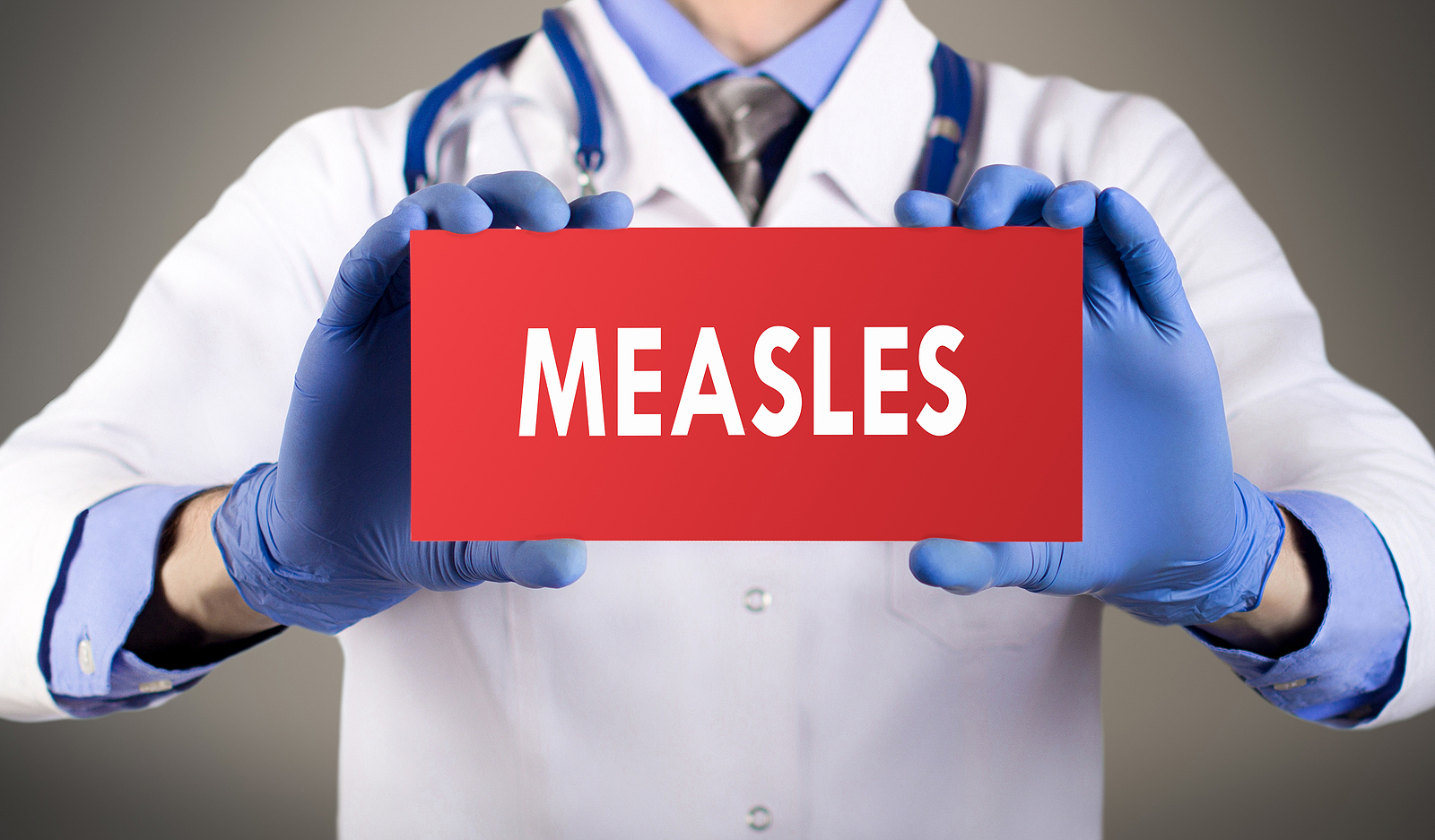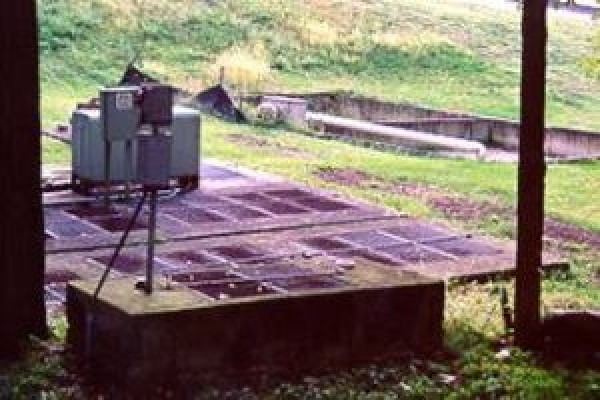Semi-Public Sewage Program
Program Contacts
Mike Sekerak REHS
Program Manager
216.201.2000 ext 1234
msekerak@ccbh.net
Did you ever wonder where businesses that are beyond the reach of sanitary sewers dispose of their waste water?
The answer in most cases is a Semi-Public Sewage Disposal System.
CCBH inspects sewage systems that service businesses and other non-residential buildings that generate less than 25,000 gallons of waste water a day. The inspection frequency varies according to the size and type of system in use. We currently permit and inspect well over 200 Semi-Public Sewage Disposal Systems.
Our staff inspects all of these systems at least once a year. During these inspections, we look at all of the essential equipment – motors, pumps, alarms, etc. to ensure they are working properly. We may collect a sample of the treated waste water, if possible, to determine the quality of the effluent leaving the system.
Inspections also provide an opportunity for our staff to educate the owners about how these sewage treatment systems function, proper system maintenance, and what they need to look for to prevent future problems.
We also respond to complaints regarding these systems and collect samples of the discharge to determine if a potential public health nuisance exists.
Older, antiquated systems may need to be replaced following an inspection because they are not properly treating the waste water.
If this is the case, our staff will work with the owner to replace the system. In some cases, connecting to a sanitary sewer may be an option.
Likewise, if a new sanitary sewer is installed and deemed accessible to buildings currently utilizing semi-public sewage systems, our staff notifies and works closely with community officials and property owners as the systems are properly abandoned and connected to the sanitary sewer.
Information about the statewide Semi-Public Sewage Disposal Program is available on the Ohio EPA’s Semi-Public Sewage Disposal Program webpage.
General information about types of sewage treatment is available on the US EPA’s Waste Water Management web page.




